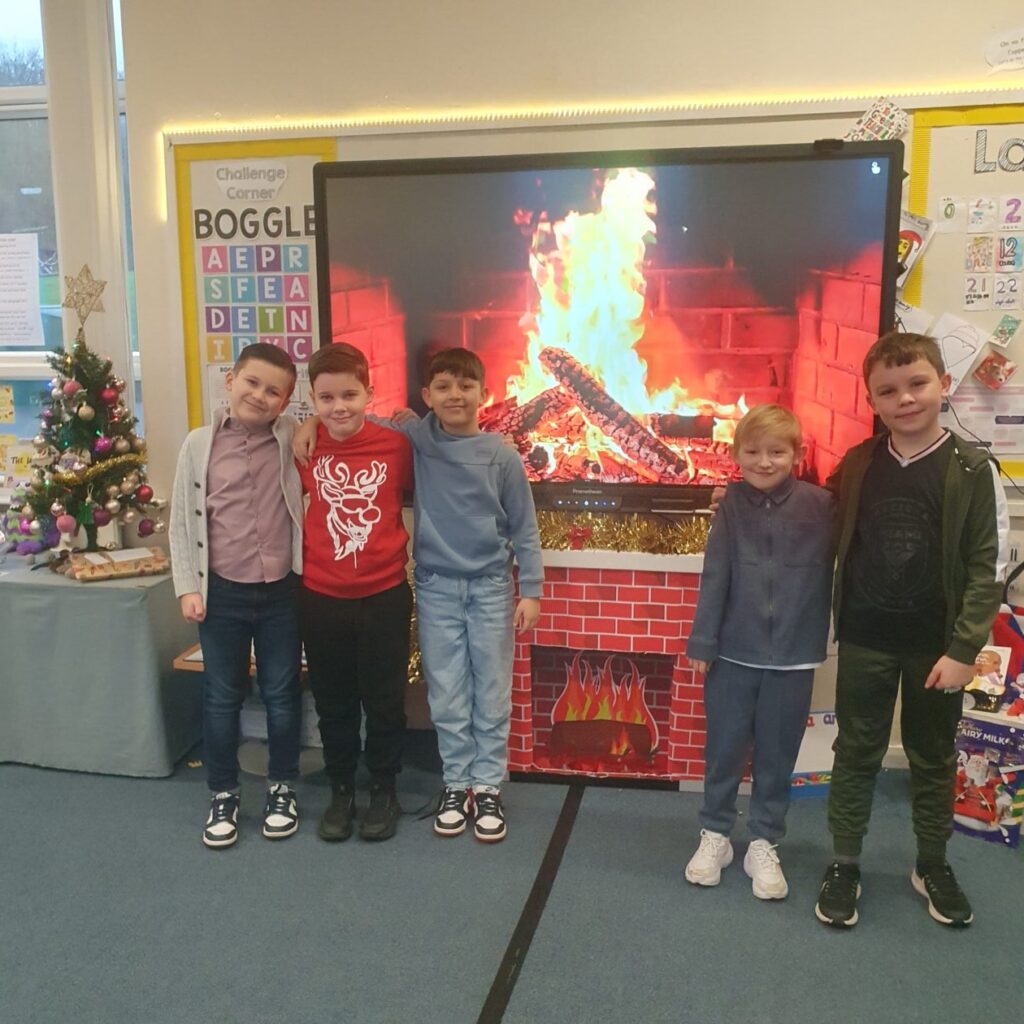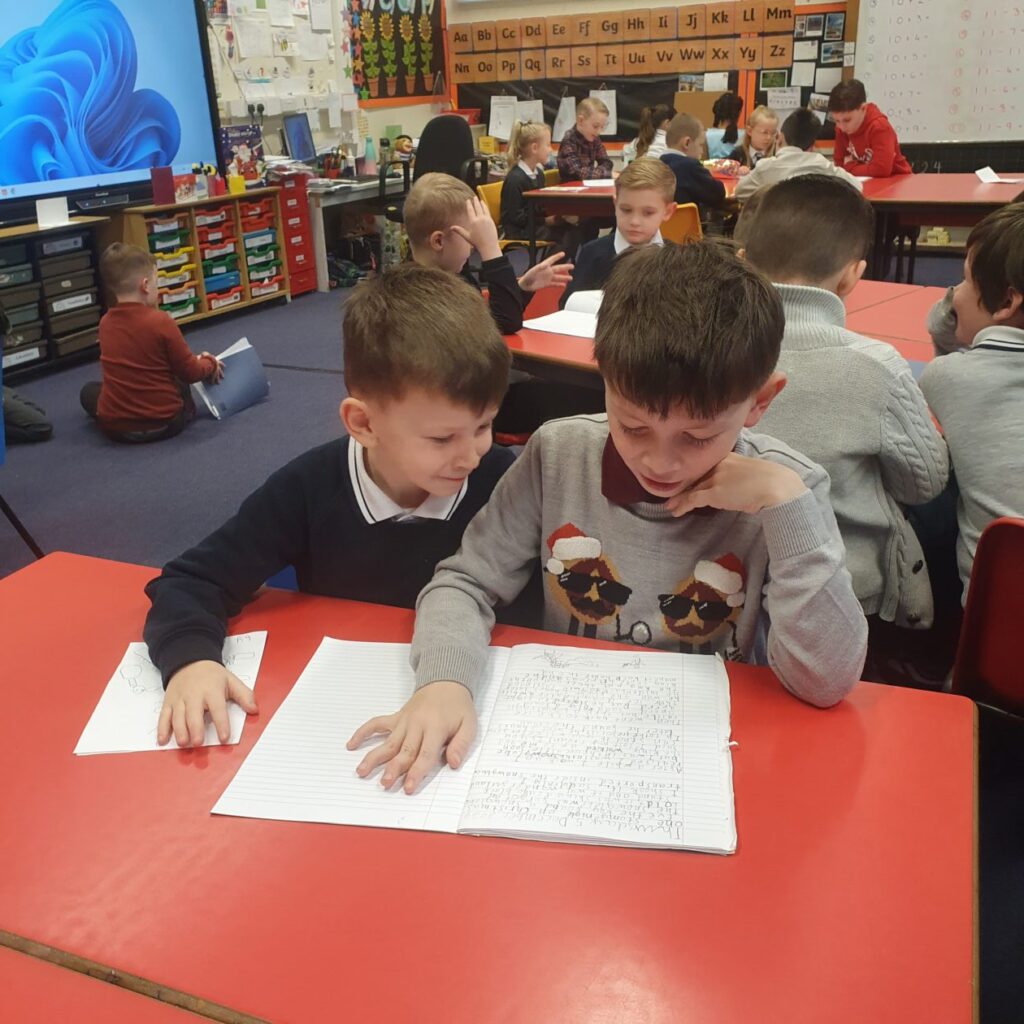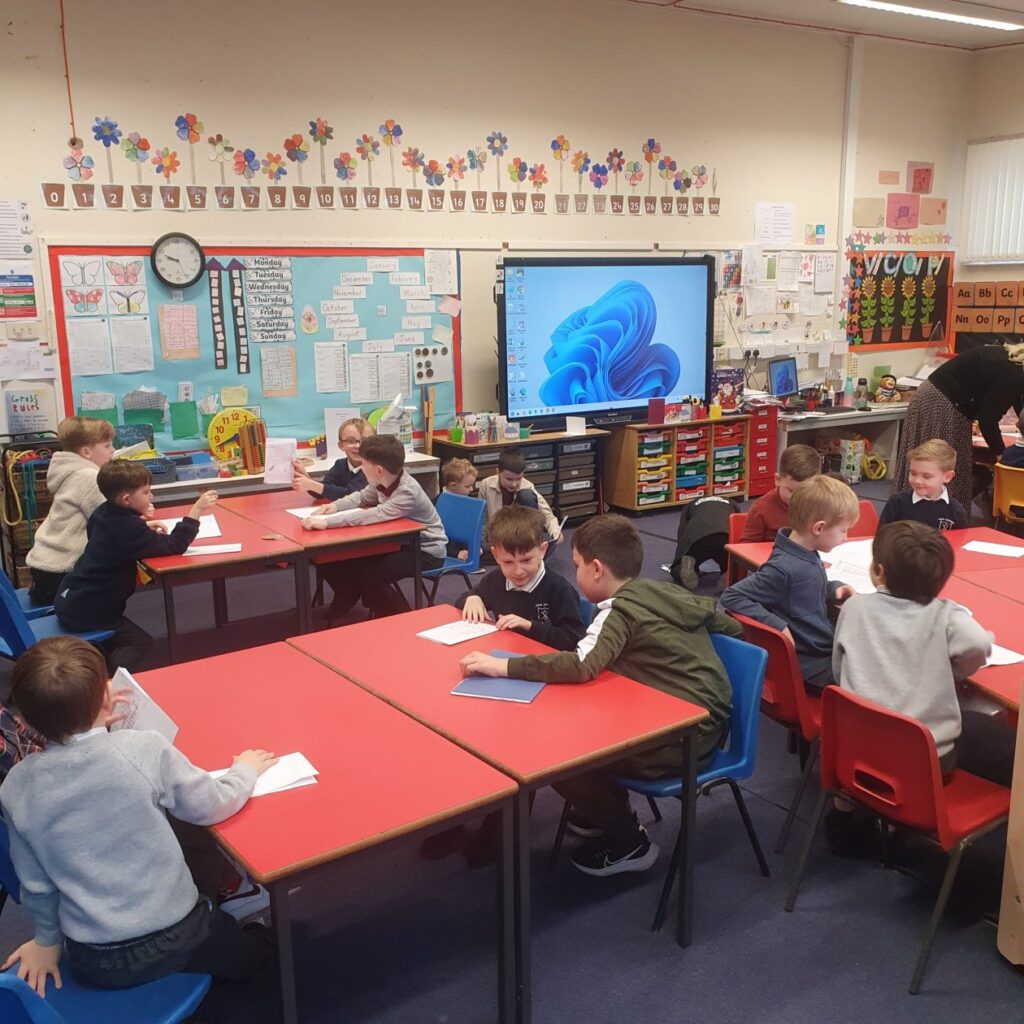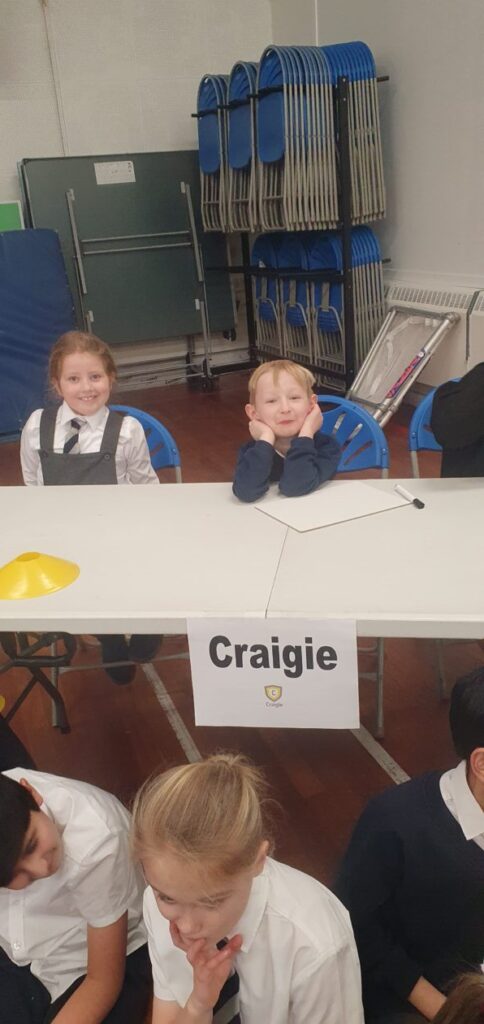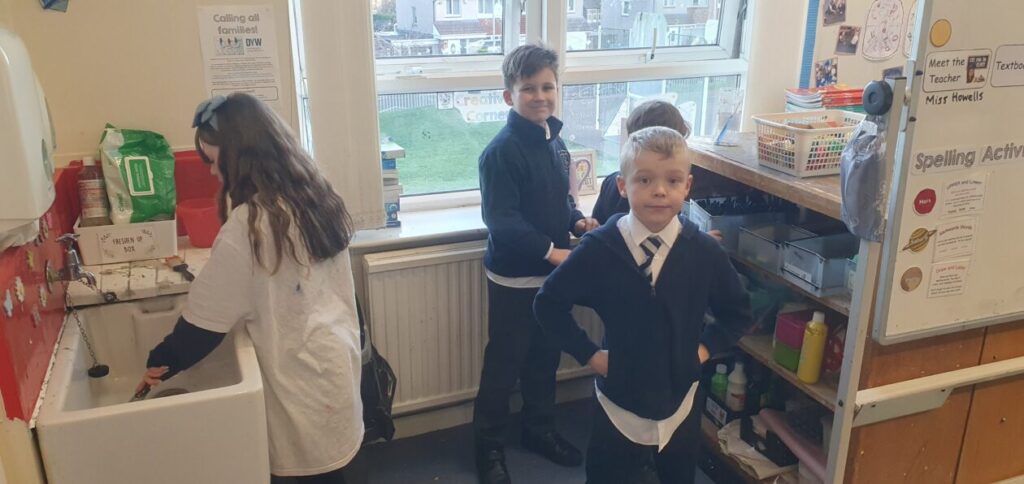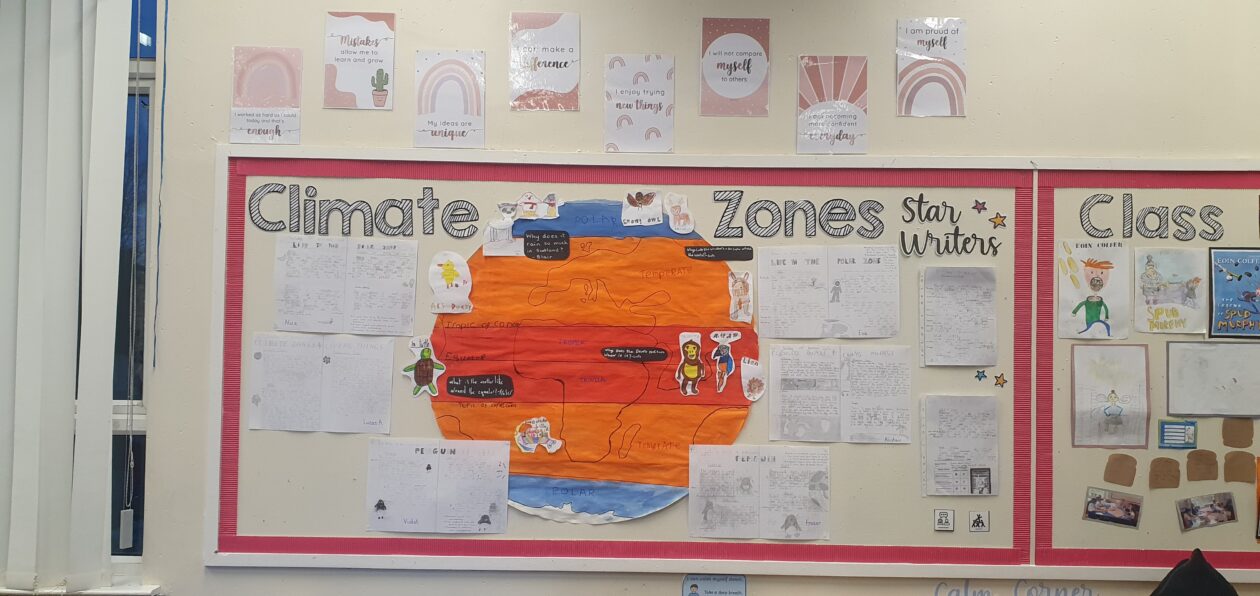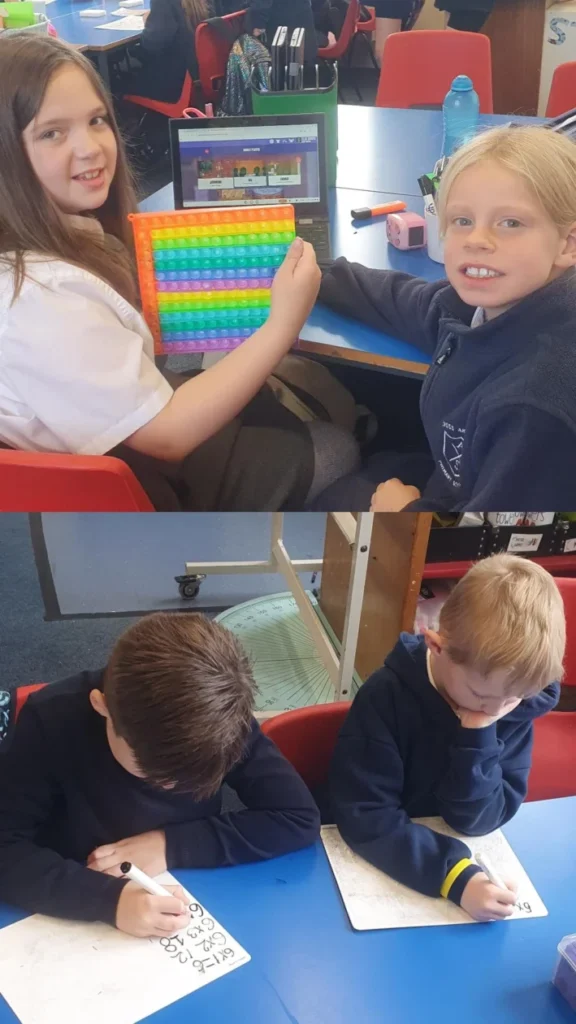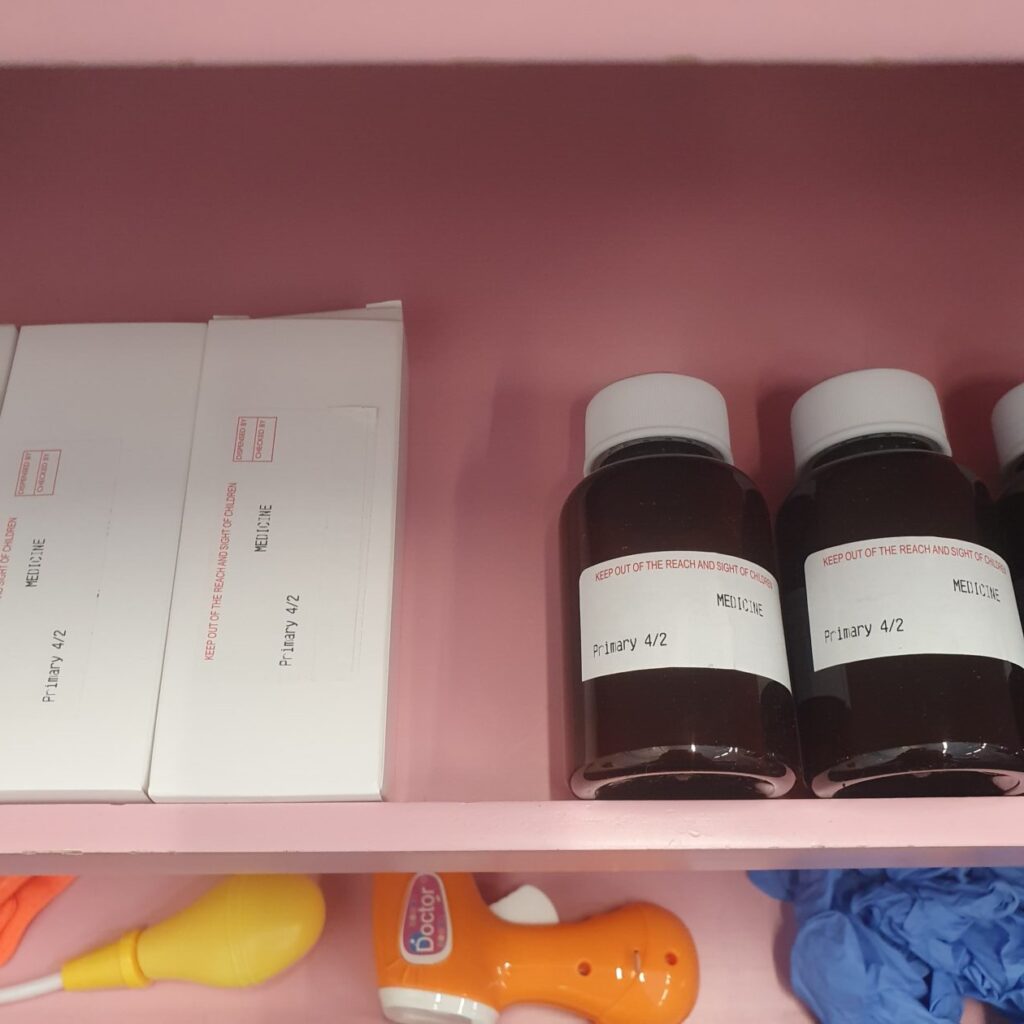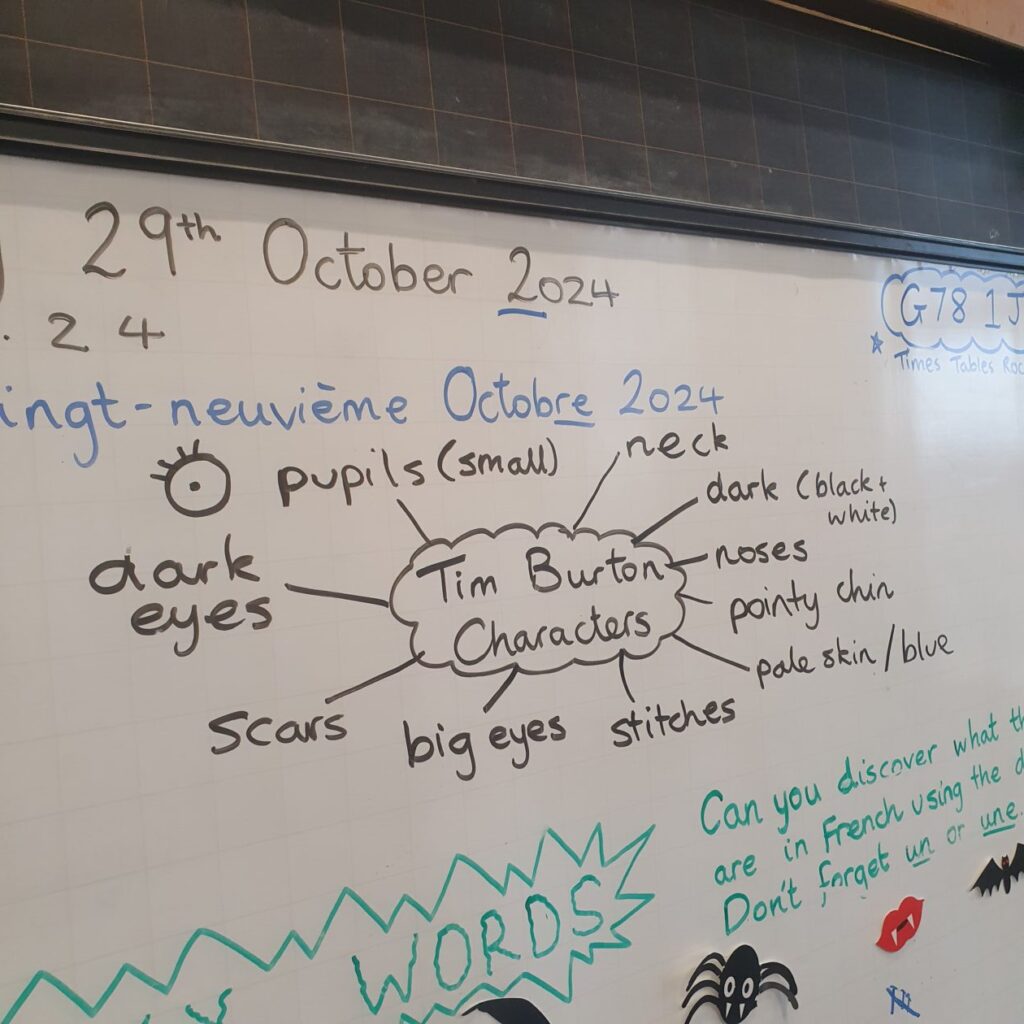Life Skills: Sewing and Textile Technologies
P4.2 have been learning how to sew with Mrs Denny. We have learned how to thread a needle and sew a running stitch. We also explored tools that help sewing, like pins and thimbles. Our tuff tray had binka material and blunt needles for us to experiment with threading a needle and creating a running stitch.



To celebrate love and kindness on Valentines Day, P4.2 created adorable squishy Lovebugs to gift to someone at home or to keep for themselves ❤️ We used a running stitch to attach two pieces of felt together and stuffed them with fluff. Mrs Denny’s mum is part of a local sewing group in Barrhead and came along to help us out. She was very impressed by our manners, resilience and effort! For most of us, it was our first time sewing and we absolutely loved trying something new!




We were so engaged with our sewing and Mrs Denny loved to hear that so many pupils tried sewing at home after their lessons. 🧵 We have been continuing our Health and Wellbeing lessons all about Friendship, Empathy, Emotions and Kindness. Our Lovebugs are a little symbol of love and kindness and we will gift them on to someone who means a lot to us. What’s nicer than a handmade gift? ❤️






During our Viking topic, we explored different types of materials Vikings would have worked with, such as wool, leather and linen. We worked in groups to create a large Viking man and woman from collating different materials. We learned how we can mark material with pencil and pull it tight to cut it.
Health and Wellbeing: Friendships, Kindness and Empathy.
In Health and Wellbeing, we have been exploring empathy and trying to understand how our friends are feeling by looking at body language and facial expressions as well as listening to what they are saying. For many weeks we have explored ways to be a better friend and deal with disagreements. We created a friendship tree with examples of things that good friends do, like apologise to each other, compromise and make each other laugh!

Using clips from the movie Inside Out and having class discussions, we have explored how we ourselves and our friends act when experiencing different emotions. We have also explored certain emotions in more depth and discussed how we can support ourselves and others when feeling these.
 We continue to encourage all children to be extra kind to everyone around them and it has been lovely to see P4 showing more maturity and doing lots of things for each other without being asked, like putting jotters away, checking in with each other or collecting a friend’s coat. We have put examples of ways we are being extra kind around our friendship tree. ❤️
We continue to encourage all children to be extra kind to everyone around them and it has been lovely to see P4 showing more maturity and doing lots of things for each other without being asked, like putting jotters away, checking in with each other or collecting a friend’s coat. We have put examples of ways we are being extra kind around our friendship tree. ❤️
Literacy and English: Class Novel
We are still reading our class novel, Ottoline and the Yellow Cat. We have made some interesting predictions and asked excellent questions based on the evidence we have collected in our notebooks.
Building on our Health and Wellbeing lessons, we tried to understand the thoughts and feelings of a strange little character called Mr Munroe who could not speak. We had to look for clues about his body language and actions in the novel. Mr Munroe was wearing many crazy disguises in the story to get the attention of his friend, Ottoline. Can you spot the different item added to his disguise each time?
We tried a drama technique called a ‘Forum Theatre’. Two pupils were the actors and the rest of class had to instruct them how to act by looking back in the book. In particular, we had to look for verbs and adverbs. We had so much fun using props to enhance our drama and staying in character.

Ten o’clock: Ottoline inspecting the curtains and Mr Munroe trying to get her attention.

Eleven o’clock: Ottoline inspecting the polishing of the door handles and Mr Munroe trying to get her attention.

Twelve o’clock: Ottoline is checking the taps in the bathroom and Mr Munroe is starting to get fed up of being ignored!

Mr Munroe slams the door as he goes into his bedroom in a huff! Much to the shock of the maids who were sorting the towels.

Lunch was a bit awkward between Ottoline and Mr Munroe. Not much was said!
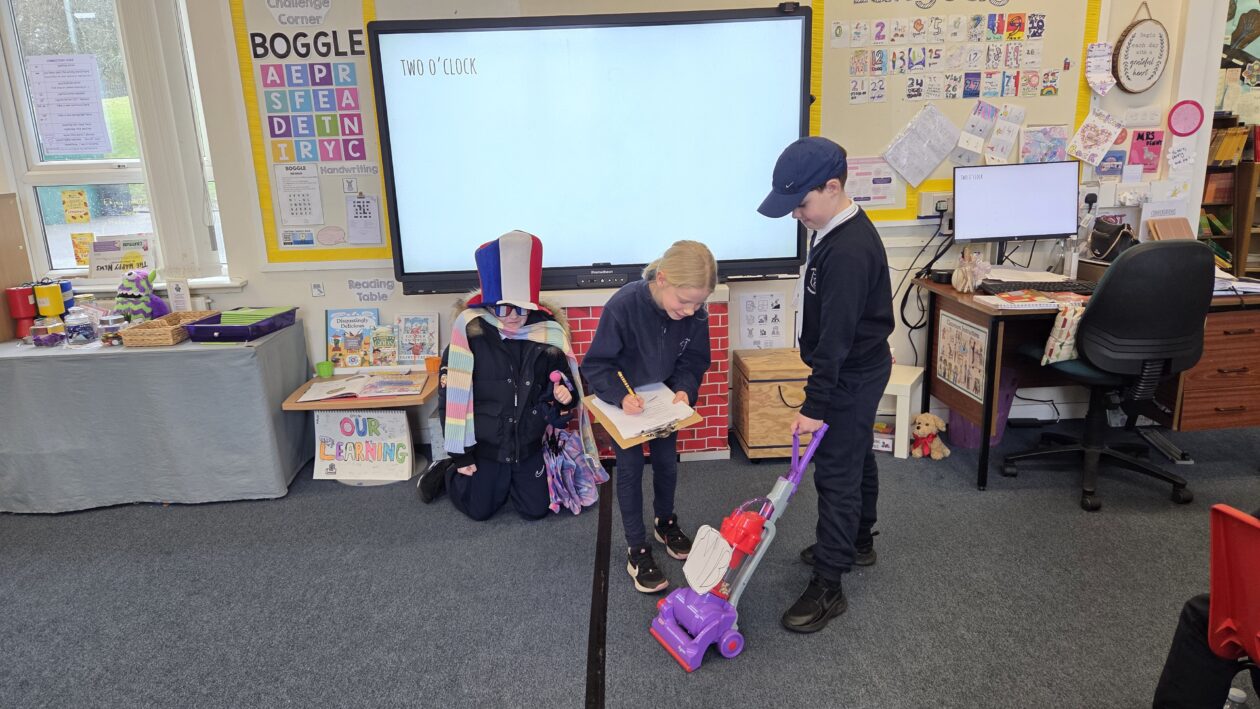
Two o’clock: Mr Munroe STILL can’t get Ottoline’s attention as she inspected the MB Hoovering company.

Three o’clock: Mr Munroe has resorted to wearing flippers and gloves to get Ottoline to notice him…but she is too busy inspecting the maids folding her pants and socks!

Four o’clock: Ottoline is enjoying relaxing in her comfy bed and she’s had enough of Mr Munroe trying to ask her a question!

Five o’clock: Dinner time and Mr Munroe has given up! He is nowhere to be seen. Ottoline has dinner alone, served by the cooking company.

Six o’clock: The last inspection of the day! Ottoline helps the Light bulb Company inspect the roof lights. However, Ottoline wonders where has Mr Munroe gone after bothering her all day…
We gave amazing directions to the actors and all actors managed to stay in character really well! Mrs Denny thought the boys using white fabric as Ottoline’s hair was very funny and inventive! We had great fun gathering all the props and exploring the interaction between the characters in more detail. ❤️
The XA Factor – 21st February
Congratulations to our lovely pupils that got into the final of the XA Factor and who ended up being in the top 3 acts!! 🙌 We are so proud of you all and your confidence and talent on stage was great to see! We have so many talented pupils in P4.2, many of whom auditioned this month. Keep up the confidence as I know you have inspired many other pupils to audition next year.

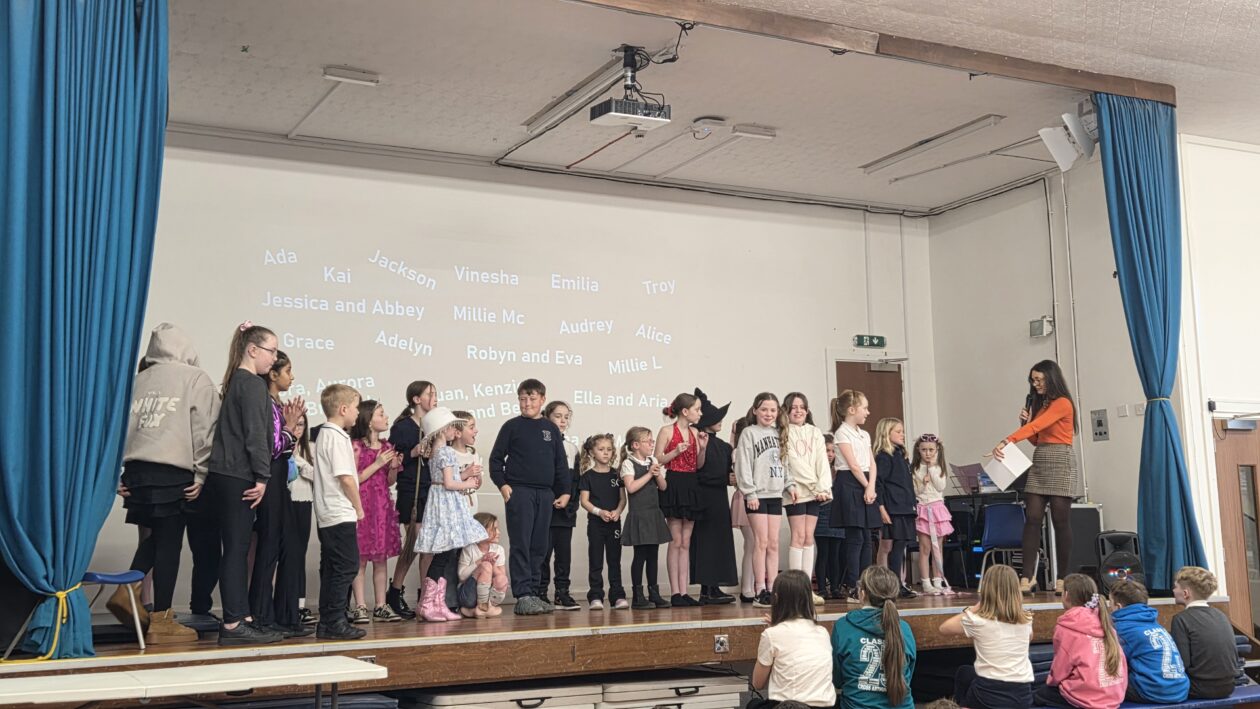
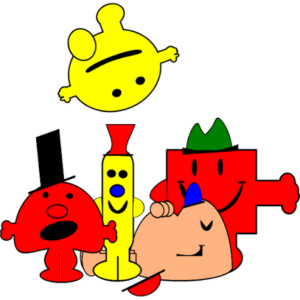

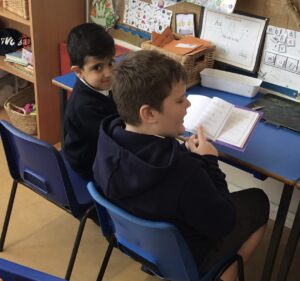











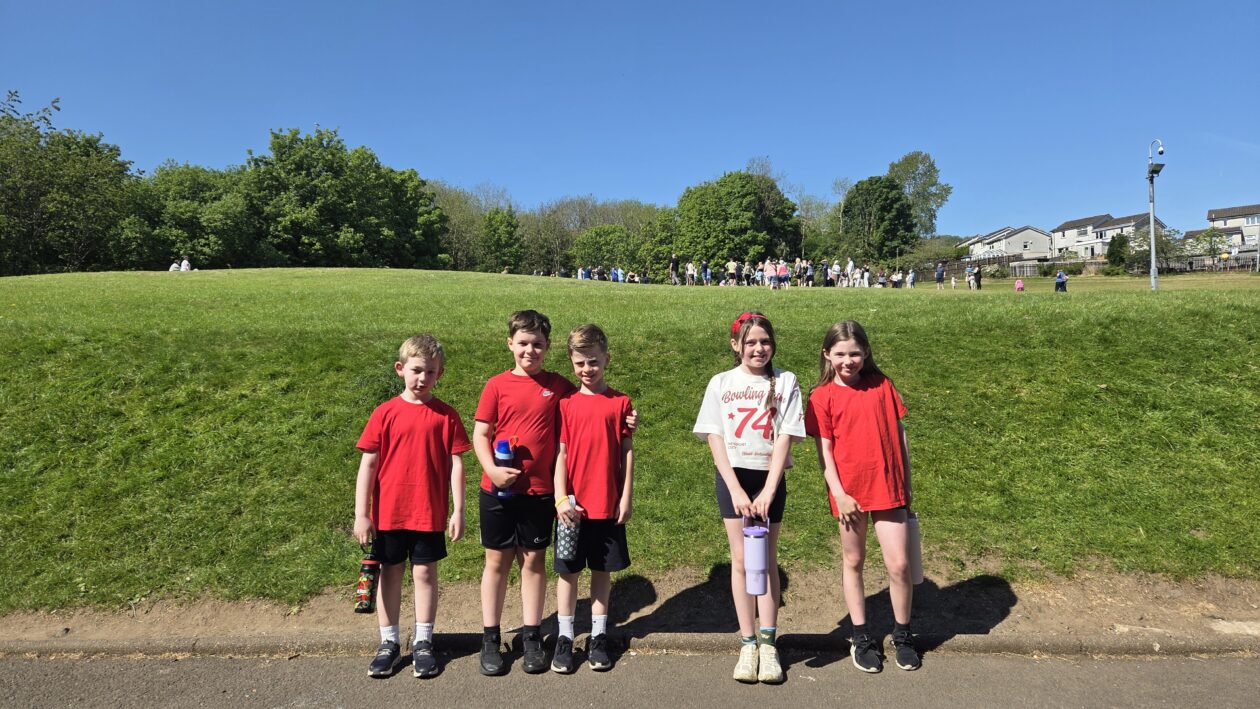






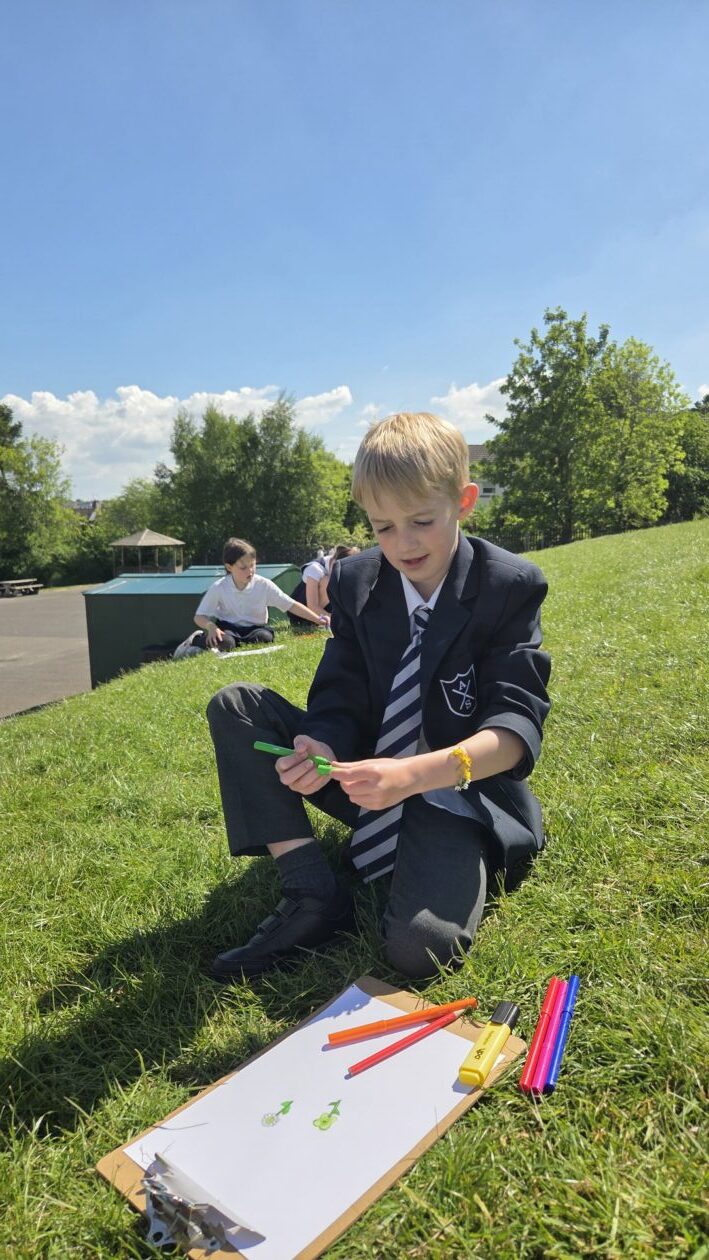
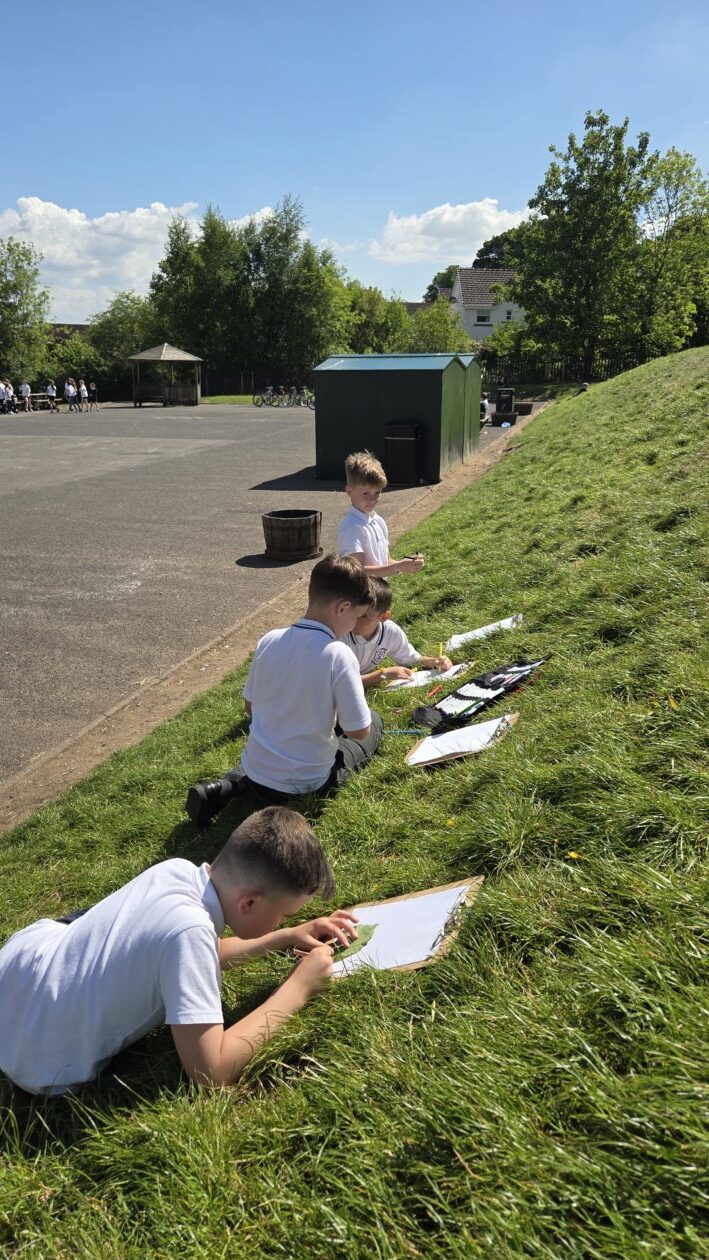











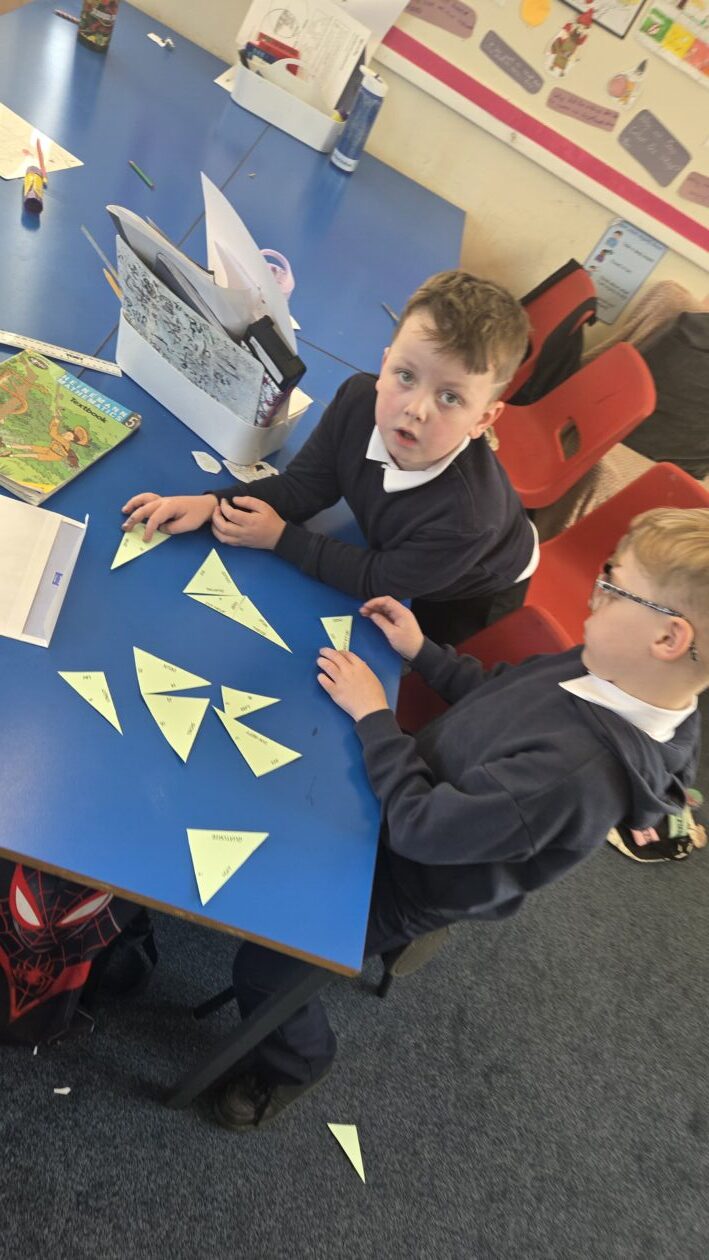















































 We continue to encourage all children to be extra kind to everyone around them and it has been lovely to see P4 showing more maturity and doing lots of things for each other without being asked, like putting jotters away, checking in with each other or collecting a friend’s coat. We have put examples of ways we are being extra kind around our friendship tree. ❤️
We continue to encourage all children to be extra kind to everyone around them and it has been lovely to see P4 showing more maturity and doing lots of things for each other without being asked, like putting jotters away, checking in with each other or collecting a friend’s coat. We have put examples of ways we are being extra kind around our friendship tree. ❤️



































